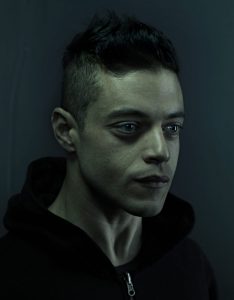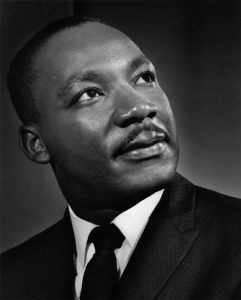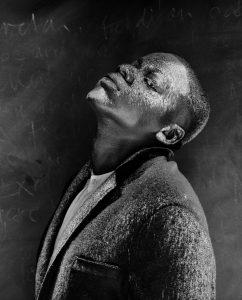I liked more Yousef Karsh more than Nadav kandar. Do not get wrong Nadav Kandar has some good work. What I like about Yousef Karsh work is the use of black and white, mostly all of his work is in black and white but he really knows how to use the lights very well. He also knows where he wants the light to focus on the person because you could see the highlights. One of my favorite portraits from his is “Elizabeth Taylor”, what I like about this portrait is that this was taken as short light style. I really like how the light is hitting one side of her face. I also like how the light is hitting the side of her hair.
On the other hand, Nadav Kandar work is also black and white. But he uses black and white differently than Karsh because it also has a little bit of color to it. The use of black and white on his portraits look very unrealistic which is cool. At some point, it looks like if it’s a painting canvas. I also noticed that almost all of his portraits have this shallow of depth and shadow. What caught my attention was that there is this shadow background in all of his portraits. I also like the use of mood, expressions and poses in his portraits. One of my favorite portrait from him is “Mike Tyson”, I like the use of light. On this portrait, it looks like he’s using butterfly light. I also like the use of shadow in the background which makes Mike Tyson and the white pigeon stand out. I also like the use of the expression that Mike Tyson gives. We all know that Mike Tyson is a tough guy but the way he is posing looking sideways and a little bit of seriousness don’t make him look scary. It shows the other side of him and I think to have him hold a pigeon on his hand also helps because he has this obsession with pigeons.






